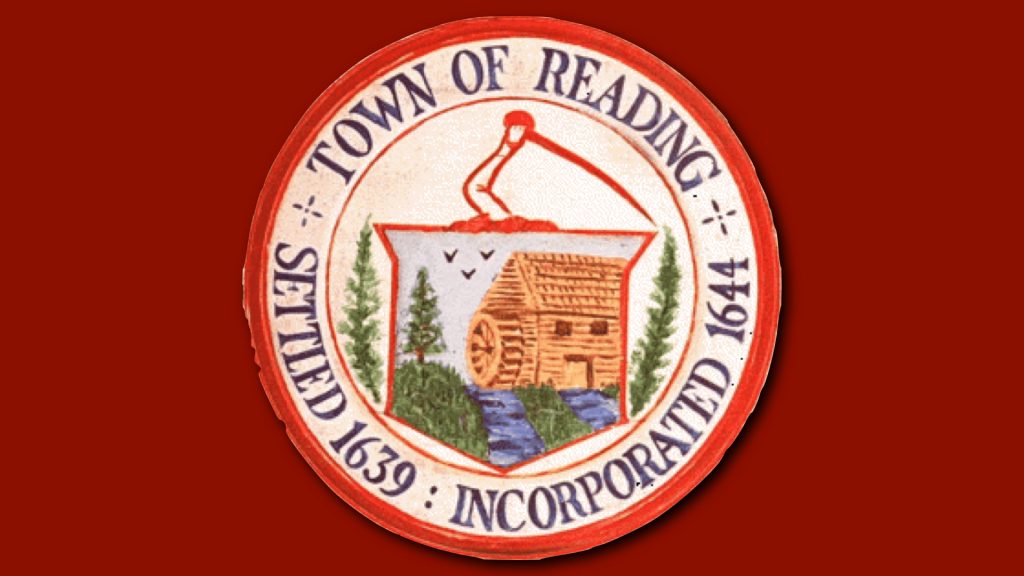 The Arrival of Spring, Summer and Safer Lawns Spring is upon us. The Reading Board of Health wants to promote responsible and healthy habits not only for all Reading residents but also for their yards. Many states and municipalities are beginning to heed the call for safer lawns in parks, playgrounds, and other public spaces. Even Major League Baseball has addressed the use of synthetic chemicals on their ball fields. A green lush lawn can seem as American as mom and apple pie. Historians trace it back to 17th century when royalty used expansive lawns and ornate gardens to showcase wealth. Archaeologists believe the attraction is deeper and has a connection to our prehistoric ancestors who lived on the short grass savannas.
The Arrival of Spring, Summer and Safer Lawns Spring is upon us. The Reading Board of Health wants to promote responsible and healthy habits not only for all Reading residents but also for their yards. Many states and municipalities are beginning to heed the call for safer lawns in parks, playgrounds, and other public spaces. Even Major League Baseball has addressed the use of synthetic chemicals on their ball fields. A green lush lawn can seem as American as mom and apple pie. Historians trace it back to 17th century when royalty used expansive lawns and ornate gardens to showcase wealth. Archaeologists believe the attraction is deeper and has a connection to our prehistoric ancestors who lived on the short grass savannas.
Whatever the reason, the United States Environmental Protection Agency (U.S. EPA) estimates that American consumers apply some 3 million tons of inorganic fertilizer and some 50 thousand tons of pesticides/herbicides to lawns annually. The United States Geological Service has found pesticides in half of all water wells tested. The World Health Organization and the American Academy of Pediatrics have position papers on the possible risks of certain lawn care chemicals with regard to the development of children. According to a 2013 statement from the American Academy of Pediatricians, “epidemiological evidence demonstrates associations between life exposure to pesticides and pediatric cancers, decreased cognitive function, and behavioral problems.”
These guidelines are of particular importance in reference to U.S. EPA’s statement “children’s internal organs are still developing and maturing and their enzymatic, metabolic, and immune systems may provide less natural protection than those of an adult. There are ‘critical’ periods in human development when exposure to a toxin can permanently alter the way an individual’s biological system operates….children’s behavior, such as playing on the floor or on the lawn where pesticides are commonly applied, or putting objects in their mouths, increase their chances of exposure to pesticides.” Dogs, like children, have systems that are also sensitive to toxins. Note that lawn care companies are required to post a warning on lawns treated with certain chemicals for these reasons.
Some consumers may not even be aware that their lawn care product or fertilizer can be harmful. The Massachusetts Department of Environment Services urges all consumers to read the label before purchasing any lawn care product. The following information from the State website is useful in understanding labels; (a) EPA Registration Number: this is the number the Environmental Protection Agency has assigned to the product. This lets you know that you are using a pesticide; (b) Signal Words: Caution (slightly toxic), Warning (moderately toxic), Danger (highly toxic); (c) Pesticidal Claims: if a product claims to kill or control a pest, it is most likely a pesticide; (d) Violation of Law Statement: This is on every label. It is a violation of the law to not follow the label directions.
The Massachusetts State Office of Environmental Affairs (EEA) offers guidelines for both fertilizer and pesticide/herbicide use. There is a number of “Greener” alternatives for a healthy lawn. Some commercial lawn companies offer services that do not use harmful chemicals. Residents might instead cultivate short-stemmed clover in their yard, either by application of seeds or not using herbicides that target established clover populations. Clover adds nitrogen to the soil naturally, precluding the use of artificial fertilizers. Mow your lawn without a bag as the grass clippings will supply your lawn with the nitrogen it needs and will crowd out weeds. Grow your grass to a length of 2 1/2 to 3 inches and let it get very thirsty to encourage deep root growth.
Reading Board of Health
John Costigan, Chair
